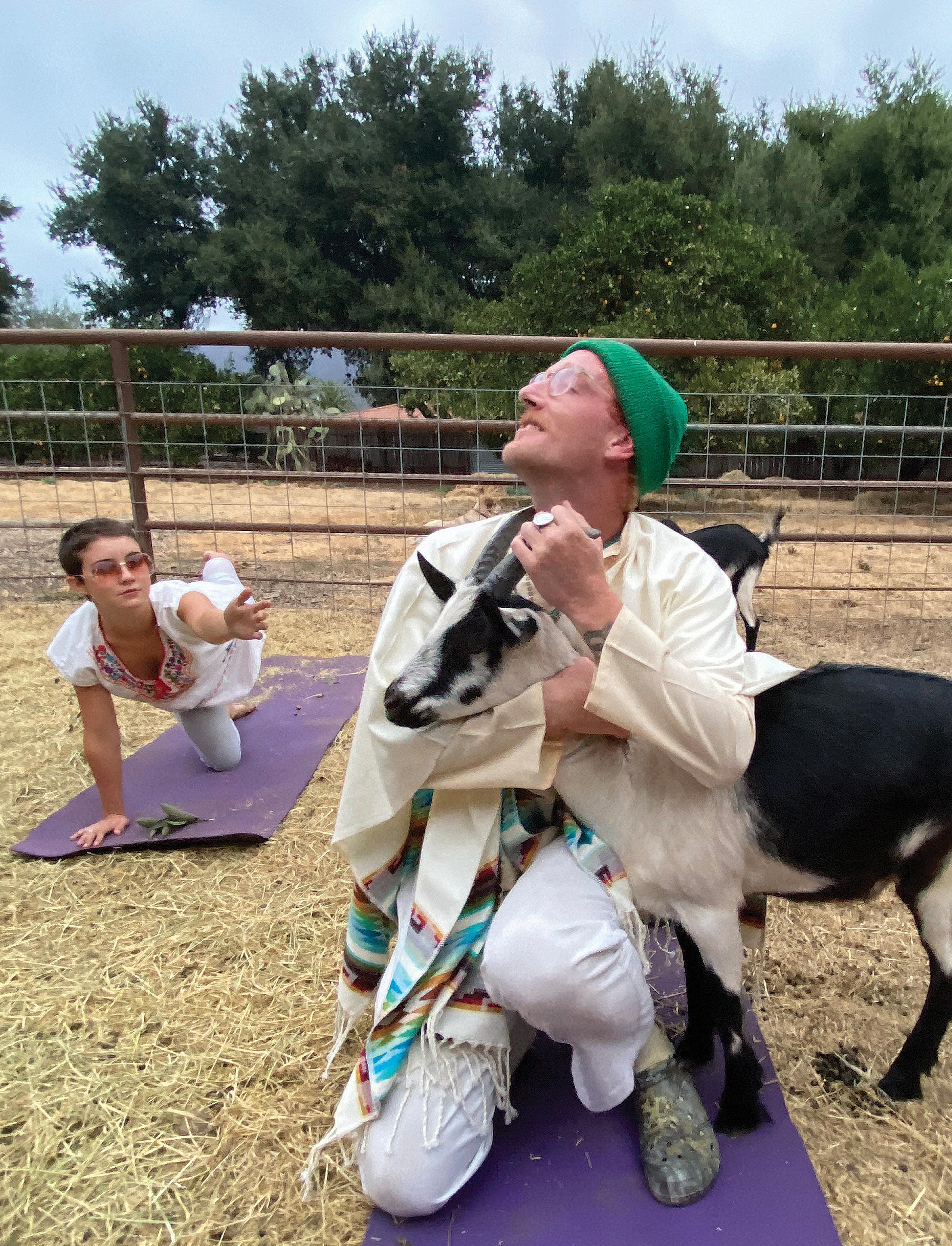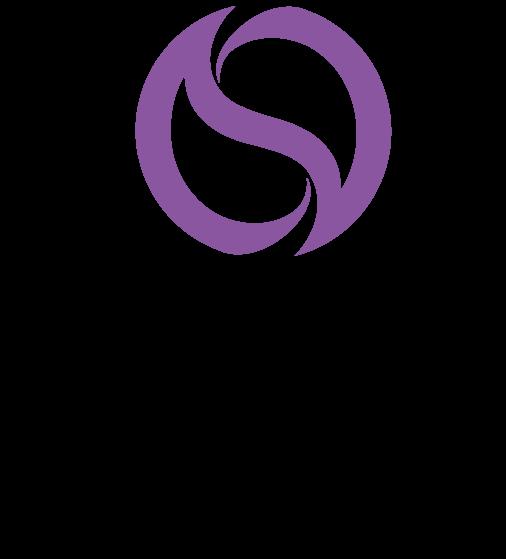
9 minute read
Living Sane, Aubrey Balkind
LIVINGsane
by KAREN LINDELL
aubrey balkind knows how to use an artfully designed threeletter word and a question mark to jolt people out of complacency.
Before Balkind moved to Ojai in 2014, he was an infl uential advertising executive and designer from New York City. Founder of the advertising fi rm Frankfurt Balkind, he helped design Time Warner’s annual report for 1989, the year Time Inc. merged with Warner Communications.
The 60-page report which won design awards and merited a New York Times article, broke all the graphics rules. Its cover featured a bright ’80s glowing green background, printed with six colorful abstract rectangular images of a globe, lips, an eye, an ear, a bald head and a hand. In the middle of the page was the phrase “WHY?” in black capital letters. The design inside was daring as well, resulting in a magazinelike publication that shareholders probably actually read vs. the usual staid corporate missive. Thirty years later, Balkind has created an equally bold design, again featuring short all-caps words and a question mark, to make a point. But this time his goal is to help people live saner, healthier lives through selfhealing, reconnecting to nature, and recalibrating our relationships to the earth, technology and one another. In 2016 Balkind opened the Sane Living Center in downtown Ojai on Matilija Street, a community meeting space that o ers holistic lifestyle activities, retreats, fi lm screenings, performances, lectures, private events and more.
Outside the center is a stainless-steel sculpture, co-designed by Balkind and artist Ray Cirino, in the shape of a giant question mark lying on its side. Titled “EVO 3,” the sculpture, about 9 feet high and 20 feet long, artfully depicts the world’s three evolutionary eras, which Balkind refers to as nature, or BIO; sapiens, or EGO; and artifi cial intelligence, or ALGO (short for “algorithm”). Or put another way by Balkind, the three epochs are “the emergence of life (plants, animals, rivers, mountains, etc.), the rise of humans, and the creation of artifi cial intelligence.” Although these eras emerged in linear fashion, he said, they now co-exist, and how they interact “could result in positive existential treats, leading to growth, or in negative existential threats, possibly leading to the destruction of life on our planet.” The sculpture is shaped like a question mark to stimulate dialogue, because Balkind knows he doesn’t have all the answers.
GOING SANE
To be sane, healthy and in tune with nature, Balkind said, people need to focus on four areas: food, movement, detoxing and de-stressing. “If you get those four things right, you will heal quickly,” Balkind said. Balkind’s quest for wellness goes back to his childhood, at an age when most people are not thinking about diet and health. At age 4, he said, growing up in South Africa, he almost died from typhoid disease. According to the Mayo Clinic, typhoid is not common in the U.S., but is a serious health concern in developing countries, especially for children. The life-threatening disease is caused by bacteria transmitted through contaminated water or food or through close contact.
Balkind overcame the disease over the next few years, he said, not through medication, but by eating a wholesome diet and learning to calm and strengthen his body. He’s kept up the same healthy habits ever since. “When you can really feel what’s going on in your body, and you’re feeling good, you see how other stu is hurting you, and you start to change,” he said.
After moving to the U.S. to earn an M.B.A. at Columbia University, he had a long and successful advertising design career, creating campaigns for companies like Adobe, Sony, CNN, ESPN, HBO, MTV and Goldman Sachs. His fi rst visit to Ojai was for a 10-day outdoor retreat. “It was amazing, and I decided I wanted to spend more time here,” he said. The climate reminded him of South Africa, and the natural light and artistic community reminded him of Long Island and The Hamptons. He sold his design business in 2003 and moved to California, fi rst to Venice, then to Ojai, where he founded Sane Living, which refers not only to the Ojai meeting space, but also to a movement, and the name of his company and an Ojai farm. Instead of the adjective “healthy”, he uses “sane,” which has etymological roots in the Latin word “sanus”, meaning “healthy” and “sound,” and from which is derived the verb “sano”, “to heal.” Pharmaceutical and health care companies drive a lot of the insanity in the U.S., he believes: “If you go to a doctor, the main thing you’re going to get is pills. Good doctors say their clients don’t do anything real to help themselves. They expect a doctor to make them healthy, instead of making themselves healthy.” And the insanity goes beyond medicine, he said, to include global warming and extreme weather events; political extremism and corruption; sensationalist media; and technology-driven lives that “are becoming soulless, robotic and meaningless.”
‘NATURE’S MEDICINE’
Food is a major concern for Balkind, a proponent of organic, live, raw, fermented, whole foods, grown nearby and in soils untainted by chemicals. He denounces refi ned sugar in particular. “Most of the food in this country is addictive, and one of the biggest addictions is sugar,” he said, along with other refi ned ingredients our bodies aren’t meant to handle. “It took 200,000 years to make our digestive system work a certain way, and it never had these kinds of ingredients,” he said.
Balkind is infl uenced by and openly credits the work of several modern thinkers and scientists — respected by many and considered outliers by others — for his beliefs. His concerns about food and agriculture come in part from Zach Bush, M.D., a physician and internationally known teacher on the microbiome and how it relates to food, health and disease. Many illnesses, Balkind believes, can be healed or prevented through a proper diet rather than medicine.
Doctors just patch illness with drugs, he said, but “the body has the ability to self-heal.” People need to use both nature (their body and immune system) and their mind to self-heal and detox, he said. “Your mind can overcome the addiction. Medicine just creates side e ects.” He has several practical ideas for improving the way Ojai — and the world — can improve people’s eating habits. The Sane Living Center, for example, also houses the Hip Vgn restaurant,
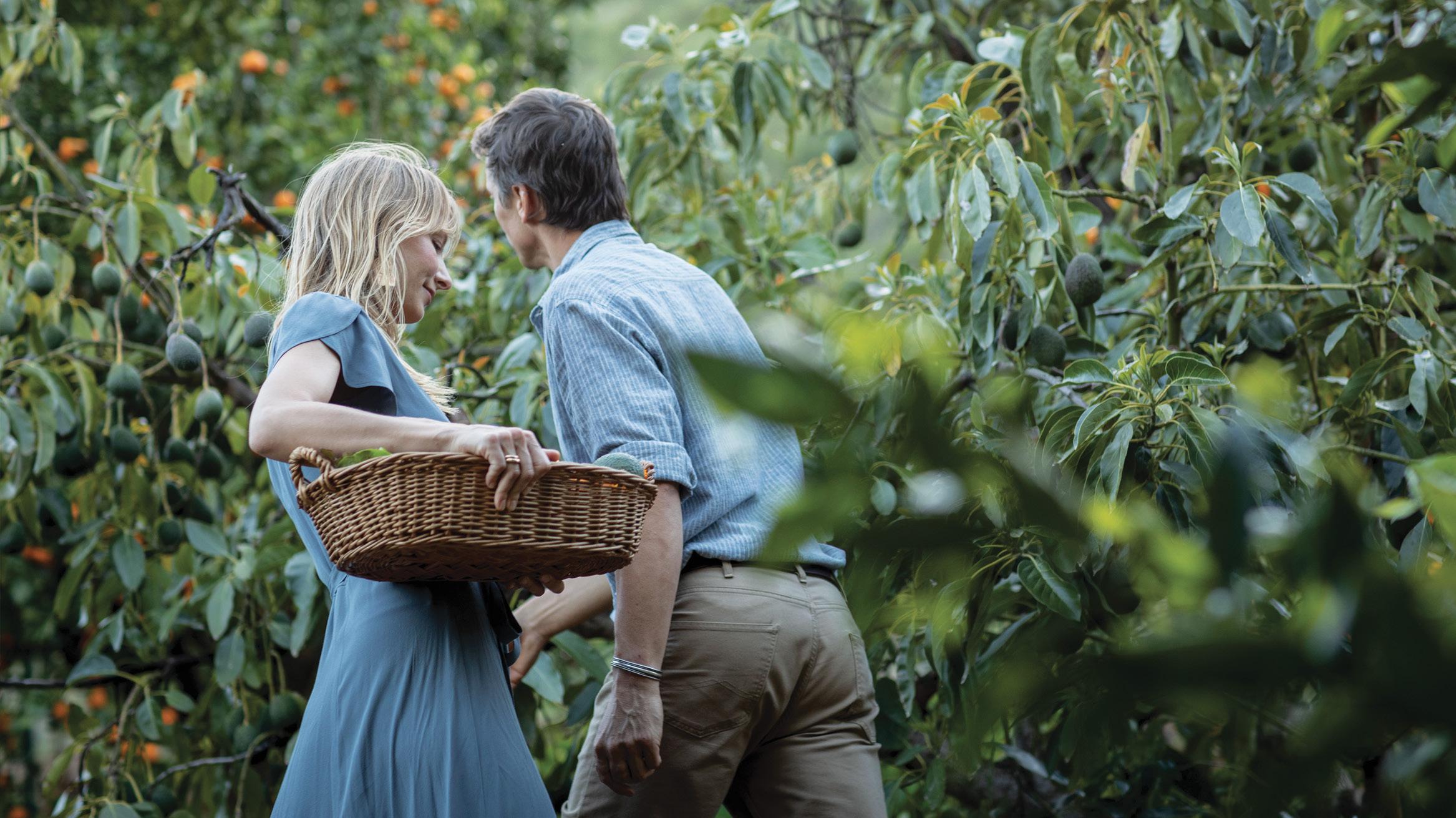
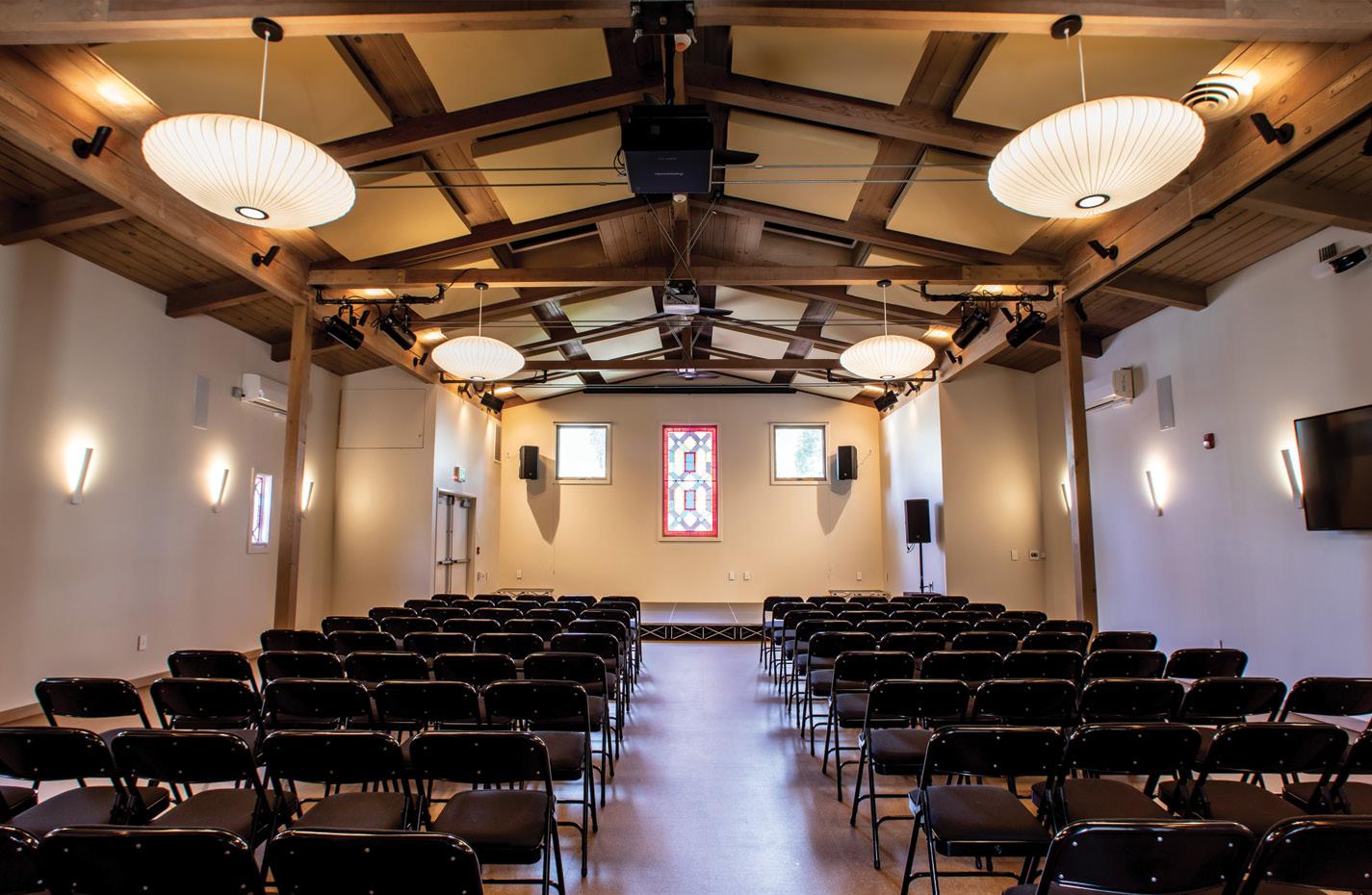
Sane Living Center at 316 E. Matilija Street in Ojai
which Balkind co-owns. He said the food served at the vegetarian restaurant “is truly nature’s medicine.” His Sane Living Farm has a 20-acre fruit and vegetable orchard that grows food for the restaurant.
HEALTH CARE OR SICK CARE?
Balkind wants the Sane Living Center to be a source of knowledge for people about self-healing. But he also wants to upend how the U.S. handles health care, which he said is more like “sick care.”
He believes that if workplaces who o er insurance would self-insure and educate their employees on how to live sanely, workers would become healthier and thus more creative and productive. Sane Living, he said, is starting to contact companies in Ojai and Los Angeles about taking this approach. Employers would teach employees how to eat properly to heal themselves, and the employees would in turn take that knowledge home. He knows changing health care might be an uphill climb. “It will put the medical and pharmacy industry out of business, so they fi ght it like crazy,” he said.
THE DARK AND LIGHT OF A.I.
Balkind’s fi rst two eras of evolution depicted in the “EVO 3” sculpture, nature and sapiens, are fairly straightforward. Add artifi cial intelligence, however, and everything gets a lot more complicated. For his ideas about artifi cial intelligence, he’s especially infl uenced by the ideas of Yuval Noah Harari, an Israeli historian, philosopher, and best-selling author of “Sapiens: A Brief History of Humankind”; and Sam Harris, a philosopher, neuroscientist and host of the “Making Sense” podcast. Nature came fi rst, with a self-healing system of plants, animals, oceans, rivers and mountains, Balkind explained. When sapiens came along, with large brains, at fi rst everyone got along and no human was better or di erent than any plant or animal. But humans (sapiens) evolved and began to become dominant, creating fi re and agriculture and domesticating animals for work and food. Humans then added engines, fossil fuels and technology to control the environment.
“Our conquest of habitats was so successful that sapiens’ activity became the dominant infl uence on climate and the environment,” he said. But because of the side e ects of fossil fuels and human consumption in general, Balkind and many others believe, we’re destroying our planet. The third era, artifi cial intelligence, arrived with the advent of the internet and algorithm technology that has led to social polarization, along with “conspiracy theories and encouraging people to be in self-referencing bubbles, confusing truth with lies,” Balkind said.
Artifi cial intelligence, he continued, “knows more about us than we know about.” And as A.I. rapidly learns how to solve more complex problems, it will displace the labor market. Artifi cial intelligence develops so quickly, he said, that we don’t even know where we will be in 50 years. Nature started to evolve about 3.5 billion years ago; Homo sapiens about 200,000 years ago; and A.I. only about 60 years ago. “Things will change so fast, we’re going to have to learn how to change our thinking and how we’re learning,” Balkind said.
He believes young people will learn faster than older ones, and thus wants to work with Ojai schools to create programs about saner living. The kids, he said, can then teach their parents. He’s also not totally against artifi cial intelligence. Wearable technology such as smart watches and biosensors, for example, can help people achieve their health goals. The key, he said, is to understand and work with artifi cial intelligence. Balkind hopes people interested in the “EVO 3” sculpture will come to observe it not just during the day but also at night, when illumination of the sculpture gives it a di erent look, creating both shadows and illumination. “To try to understand yourself, you have to look at your dark side, which has a lot of meaning,” he said. “Sometimes you can learn more from the darkness than the light.”
For more information about Sane Living, visit www.saneliving.com


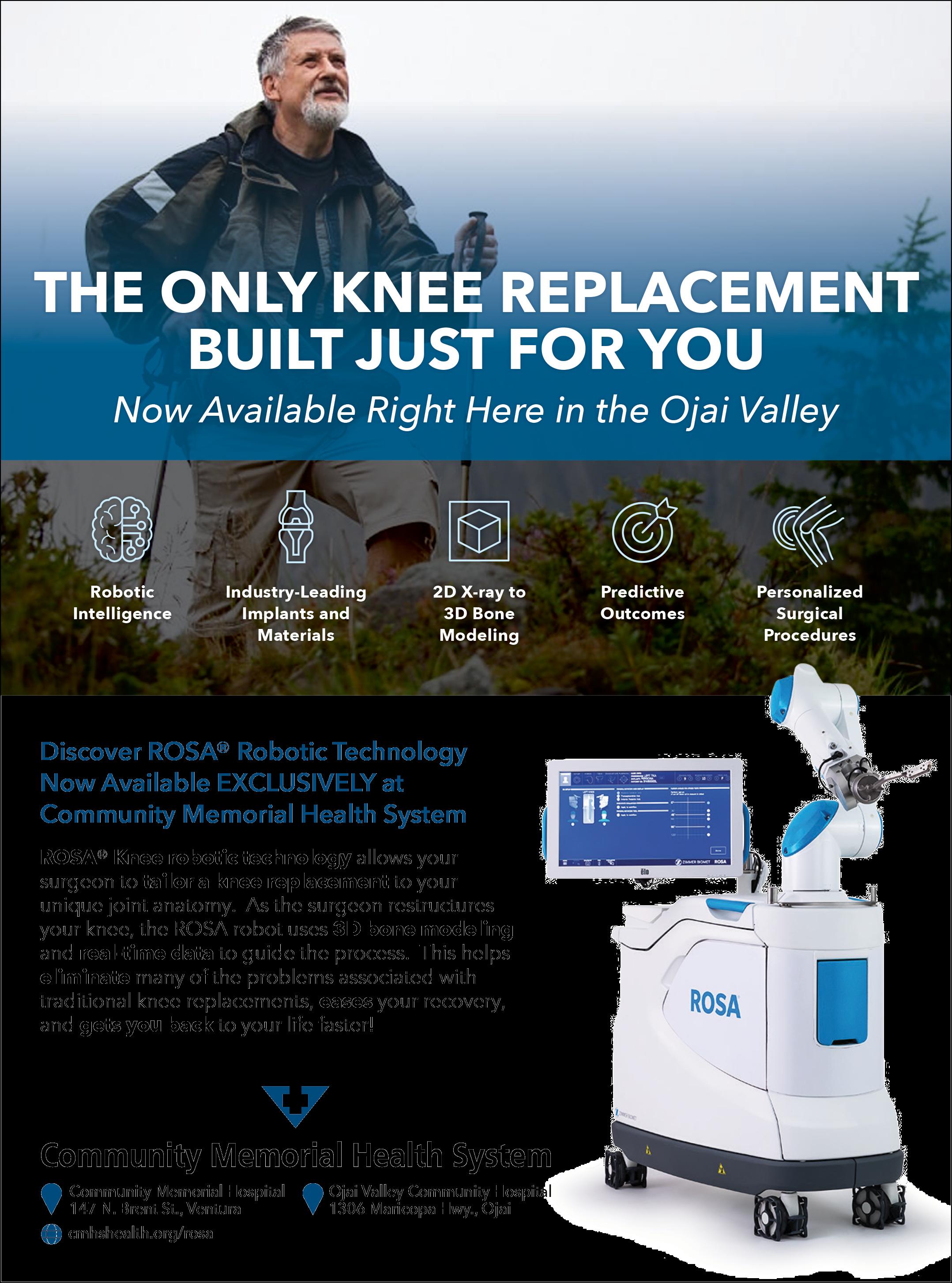
by ALICIA DOYLE Photos by Kerry Mohlin and Dan Mahgoi
Goat
